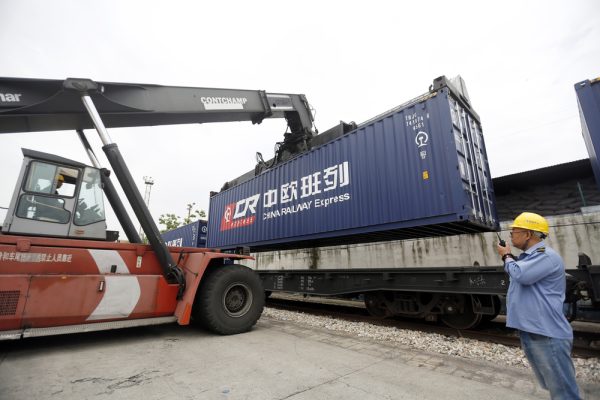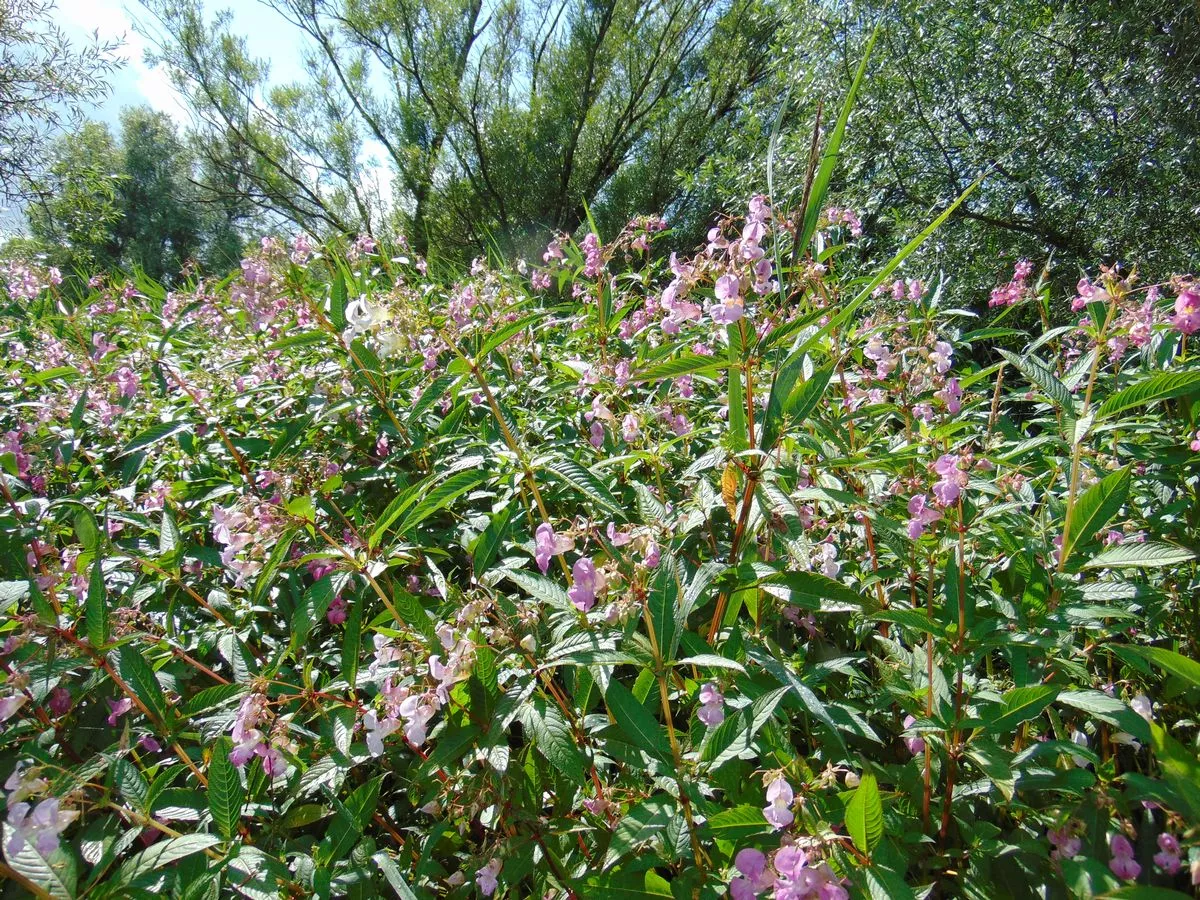By David Skidmore
Copyright thediplomat

Since its launch, China’s Belt and Road Initiative (BRI) has struggled to cope with the political challenges of infrastructure development in low-income and often politically unstable developing countries. Dams, ports, highways and the like run up debt, displace people, damage the natural environment, and invite corruption. The risk of corruption is further elevated by the endemic nature of such practices among Chinese actors. As Zha Daojiong, a professor of international relations at Peking University, remarked: “Good old-fashioned aid, with China doing everything by itself, meaning Chinese money, Chinese companies, Chinese construction materials and even Chinese workers – frankly speaking, that is an invitation to malpractice and outright corruption.” A 2013 power plant project in Kyrgyzstan offers an illustration of the problems inherent to China’s early BRI practices. After securing bids from a Russian company and a Chinese company called TBEA to refurbish the Bishkek Thermal Power Plant, the government chose TBEA even though the Russian company had far more experience. The choice was connected to the Chinese embassy’s message that Chinese financing would only be available if TBEA were given the contract. Ultimately, the power plant broke down just a year after the refurbishment and the prime minister and other top officials were placed on trial for corruption after it was discovered that they profited by inflating the price of the contract by $111 million. Due to the above problems, Chinese infrastructure projects often produce popular resistance in host countries, despite potential economic payoffs down the road. Popular protest has hindered BRI projects in countries such as Indonesia, Myanmar, Bangladesh, Zambia and Kyrgyzstan. In recent years, two dozen Chinese nationals have been killed or kidnapped in Africa. This problem is connected to the fact that, as journalist Tom Miller noted, “Chinese firms … are happy working with local elites and unelected officials, but much less adept at dealing with civil society.” In Pakistan, the $62 billion China-Pakistan Economic Corridor (CPEC) has been threatened by Baloch separatists, who have blown up gas pipelines, assaulted Chinese engineers, and attacked the Chinese consulate in Karachi. In 2016, Pakistan’s army deployed 15,000 troops to protect CPEC projects, with the top commander pledging that “Pakistan’s army shall ensure security of CPEC at all costs.” In 2021, the terrorist group Tehreek e-Taliban Pakistan claimed credit for setting off a car bomb in a failed attack aimed at the Chinese ambassador to Pakistan. Following a surge in violence directed at Chinese nationals and projects in early 2024, a Chinese Foreign Ministry spokesperson declared: “We ask Pakistan to take effective measures to protect the safety and security of Chinese nationals, institutions and projects in Pakistan.” Given this track record, it is perhaps not surprising that one survey of Chinese firms found that the foremost concern about investing abroad – cited by 71 percent of respondents – was political risk. Yin Yili, vice president of China Communication Construction Company, has remarked that Chinese firms “lack the ability to discern where to invest or effectively manage overseas risks.” An American Enterprise Institute study of unsuccessful overseas Chinese investment projects found that one-quarter failed due to political factors. AidData has documented 94 Chinese projects with a total value of $56 billion that were canceled or suspended between 2000 and 2021. International development consultant David Landry observed: “Because of their late entry into new markets, Chinese firms may also be more likely to invest in … projects deemed too unprofitable or risky by other investors” that are “far outside their field of competence.” The RWR Advisory Group reported that one-third of BRI projects in Southeast Asia through 2018 were delayed or canceled due to lack of feasibility. Lee Jones and Yizheng Zou noted that “Chinese SOEs enter risky markets like ‘rogue’ states or disputed maritime areas, not because top leaders instruct them to, for ‘geopolitical’ gain, but because these profit-hungry firms are relative latecomers to international markets, and Western firms already dominate more stable territories.” This conclusion was echoed in the anonymous remarks of a Chinese official with the National Development and Reform Commission: “China had no choice but to lend a lot to risky countries because they had the commodities we needed and because the Western multinational organizations already dominated the rest of the world.” The continued willingness of Chinese banks and SOEs to undertake risky overseas projects during the BRI’s early years stemmed from the role played by the state-owned China Export & Credit Insurance Corporation, commonly known as Sinosure. Sinosure insures Chinese banks and firms involved in BRI projects against losses due to government seizures, nationalization, political violence, and other risks. Sinosure paid out $1.73 billion on claims related to BRI investments and exports between 2013 and 2017 as its overseas operations rapidly expanded. This backstop served to induce moral hazard among Chinese investors. Indeed, the chief economist at Sinosure referred to the due diligence procedures of China’s policy banks as “downright inadequate.” In recent years, Sinosure has pulled back on support for riskier projects and countries, leading to greater caution on the part of Chinese banks and SOEs. As projects struggle, China has been compelled to intervene to safeguard its investments, its people, and its political influence. In 2018, the Foreign Minister issued security regulations for Chinese firms operating overseas. At the CCP’s 20th Party Congress in 2022, Xi Jinping declared: “We will strengthen our capacity to ensure overseas security and protect the lawful rights and interests of Chinese citizens and legal entities overseas.” The People’s Liberation Army has been instructed to develop options for protecting “overseas interests,” while the People’s Liberation Army Navy is rapidly expanding its capacity to land expeditionary forces abroad. In some cases, China may seek to shore up repressive regimes or bypass democratic institutions to avert lost investments and influence. Losing confidence in Pakistan’s civilian leadership, for instance, China successfully pushed for the Pakistan Army to take charge of overseeing CPEC. Chinese private security firms are also moving abroad to provide security for China’s overseas investments. China recently announced plans to train 3,000 foreign law enforcement personnel to protect Chinese interests overseas, including the security of Belt and Road projects. Securitization of China’s economic engagement is an important aspect of the Global Security Initiative, which featured prominently at the most recent Forum on China-Africa Cooperation. In general, China’s oft-touted foreign policy principle of noninterference in the political affairs of other countries has become increasingly untenable. An authoritarian, single-party state has certain advantages in managing the political pressures associated with large-scale infrastructure projects. Lee Chih-horng, a research fellow at the Longus Institute in Singapore, wrote that Chinese officials “can easily stifle public debate and concerns about infrastructure projects.” Legal challenges are limited by the Communist Party’s ultimate control over the court system. The state owns major media outlets and both traditional and new media are subject to various forms of censorship and management. Nongovernmental organizations are limited in size and scope, heavily regulated, and incapable of directly challenging state priorities. Grassroots protests mounted by those negatively impacted by infrastructure development are managed through a combination of repression and cooptation. Political conditions are very different in BRI host countries. Few developing country governments possess such extensive capacities to control the political risks of infrastructure development. And yet, according to Ding Yifan of China’s Development Research Center of the State Council, Chinese companies mistakenly “think other countries are just like China.” As a result, many BRI projects have become embroiled in controversy, resistance, and delay. Though BRI loans go to both democratic and authoritarian regimes, an AidData study found, “When a country transitions from being fully democratic to fully autocratic … it can expect to secure an almost tenfold increase in Chinese debt.” The same study found that aid from China, other things being equal, “erodes democratic governance and reduces the probability of democratic transition.” Large-scale infrastructure development is especially important for authoritarian leaders. Lacking the procedural legitimacy that comes from an electoral mandate, authoritarian leaders must lean more heavily upon performance legitimacy, which may be bolstered through infrastructure development. China has attempted to export aspects of its governance model to help its development partners manage the social and political risks of state-led growth. The Chinese-funded Baise Executive Leadership Academy in Guangxi, China, offers 10-day workshops to help officials from ASEAN countries “understand China’s governance and economic model,” according to Deputy Dean Lui Xuanqi. From 2012 to 2017, the Chinese Academy of Governance provided training opportunities for over 10,000 foreign civil servants from 159 countries. In 2016, the Institute of South-South Cooperation and Development was established at Peking University for the purpose of training professionals from developing countries in skills relevant to building state capacity in governance and development. Through 2021, the program enrolled 220 graduate students from 50 countries. Paul Nantulya reported, “Through the Forum on China Africa Local Government Cooperation, an arm of the [CCP], over 10,000 local government leaders train each year at China’s political schools.” China’s State Council stated that 7,000 training sessions and seminars for foreign officials and technical personnel were organized under BRI auspices between 2013 and 2018. At the 2024 FOCAC summit, China promised to establish 25 China-Africa research centers and train 1,000 African officials and political party members through an African Leadership Academy. China’s pervasive surveillance systems have also been widely adopted abroad. Chinese companies have provided 22 African countries with public security systems that include cameras, biometrics, internet controls, and other types of surveillance tools. Among the most sophisticated is Huawei’s Safe Cities program, which has been deployed in Kampala, Uganda and Nairobi, Kenya. Nevertheless, the impact of these technologies in Africa has been mediated by local political realities and limited state capacity, with the result that they offer authorities less extensive social control than is the case in China. Minxin Pei chronicled the massive and multilayered surveillance system within China itself, which depends not simply upon technology, but also upon the organization and human capacities of a Leninist state. Pei noted: “Placing modern technologies in the hands of a poorly organized surveillance state is sure to produce inferior outcomes.” An AidData study found that the deployment of Huawei technology in Africa facilitates repression by authoritarian states but has no such effect in democratic societies. The most successful BRI partnerships have arisen where the pre-existing structure of the recipient state shares similar characteristics with China’s own party-state. Zhengli Huang and Tom Goodfellow cited Ethiopia as a case in point. Between 2000 and 2018, Ethiopia was the second-largest recipient of Chinese lending in Africa–$13.7 billion across 52 projects. Huang and Goodfellow argued that “Ethiopia’s long history of state centralization and hierarchical control made it a particularly suitable partner for Chinese financial institutions, with a relatively strong capacity to implement infrastructure projects on a massive scale.” On the one hand, a capable bureaucracy enabled the Ethiopian state to prevail in many disputes with Chinese SOEs. On the other hand, Chinese firms relied upon bureaucratic partners such as the Ethiopian Railway Corporation (ERC) to manage conflicts with local governments and civil society organizations. Huang and Goodfellow quoted one Chinese SOE representative to the effect that: “the political struggles in this country are too complicated for us to understand. We are not able to intervene with any of these issues. That’s why we have to go through ERC when it comes to governmental issues.” The impact of BRI projects on the host country depends in part upon state strength and capacity. Trade expert Isaac Shinyekwa of Makerere University in Uganda has observed of Chinese investors: “If they find you with strict regulations and systems, they will abide by that; and if they find you are weak and your systems are corrupt, they will work with the corrupt system.” Overall, the impact of China’s efforts to shape the political institutional landscape within which the BRI has unfolded has been shallow. China’s limited success in managing the political risks of the BRI has resulted in reputational costs and played a role in China’s curtailed flow of BRI lending in recent years.



